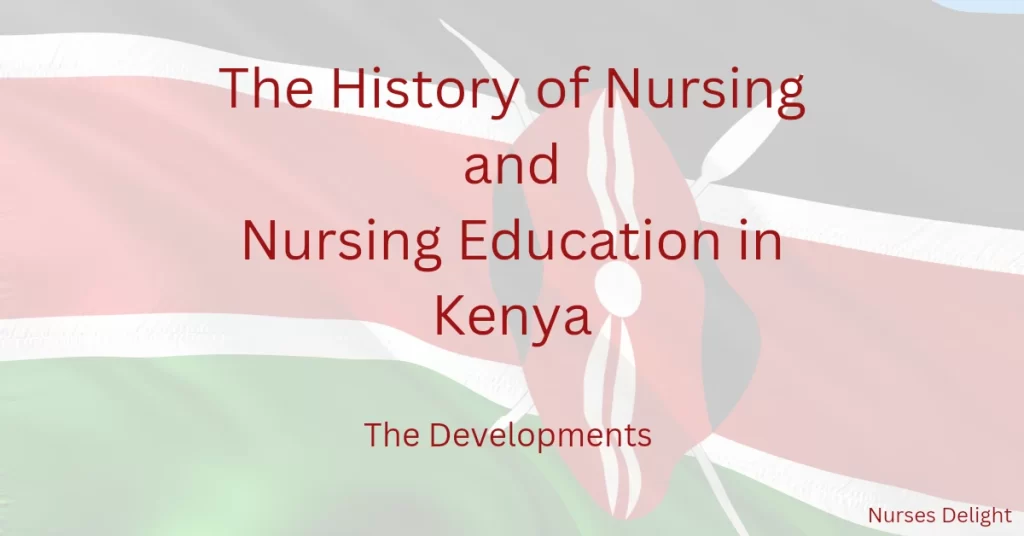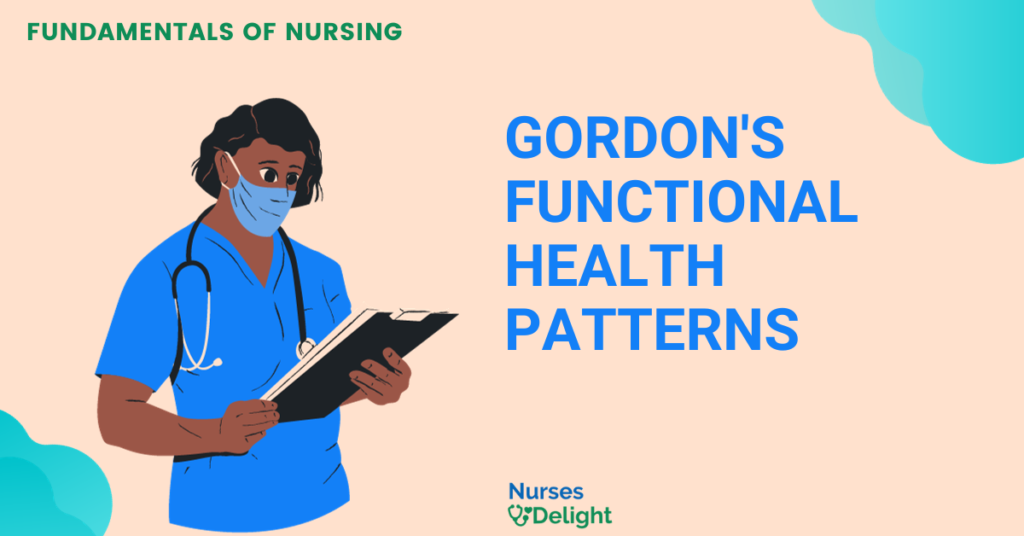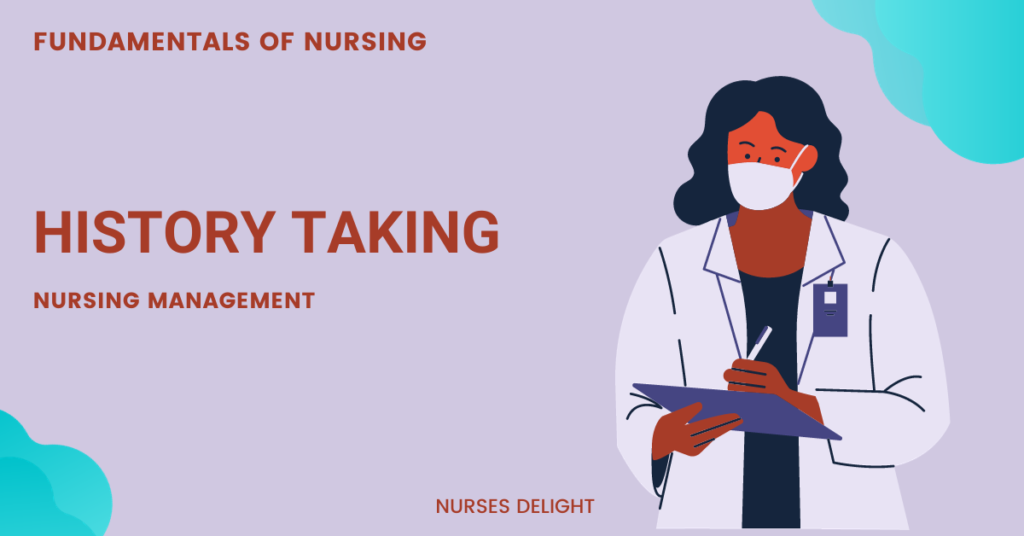Understanding the history of nursing and nursing education in Kenya will help many student nurses and practicing nurses appreciate the developments of the profession throughout the years.
In this article, you will learn about the events that preceded modern-day nursing education and practice dating from the pre-colonial era.
Nursing During the Pre-Colonial Period
This period refers to way back before the advent of the ‘Scramble and Partition for Africa’ by the colonialists.
During this period, nursing was mainly practiced by the female gender at the family level since the family was the primary and most vital health care system at the time. Females would take care of their sick loved ones using traditional medicines prescribed by traditional herbalists who were mostly males.
There was no formal education but training was based on apprenticeship.
Pregnant women were taken care of by traditional female birth attendants. In those days, it was taboo in many Kenyan communities for males to participate in the role of maternity and labor care. It is still a taboo in some communities today.
Nursing During the Colonial Period (1985-1950)
In 1895, Kenya fell lot to the British Protectorate following the Berlin Conference (1885) which saw East Africa divided into territories by the European powers. This paved way for white settlers and the course of nursing in Kenya would soon change.
Missionaries introduced Western medication and educated the natives about diseases. The Kenyan natives resented this formal education at first but later on they assimilated it and practiced it simultaneously with the traditional medication.
The first native nurses were males known as dressers. The first training of these dressers began in 1908. They dressed wounds, took temperatures, performed sanitization activities, and assisted in management of hospitals.
These dressers were trained for three years in hospitals, but the training was more of an apprenticeship than formal.
In 1927, the Kenya Medical Training College was started under the Ministry of Medical Services. It was the sole public middle-level health institution at the time with only four students at the Kenya Institute of Administration (KIA), Kabete. (KMTC)
Demand for more nursing personnel began to grow during the Second World War and in June 1949, the Nurses and Midwives Registration Ordinance was born and personnel was centered on the Nursing and Midwives Council of Kenya. Before this, training was done by both the government and the missionaries without coordination. (Ndirangu 1982). This will later on catapult the formal training of nurses in the coming years;
1951 Up to the 21st Century
This period was characterized by formal training, changes in nursing practice, and the sprouting of many nursing institutions, key associations, and regulatory bodies. Nursing was practiced using the industrial concept of division of labor meaning task allocation was done according to cadres. There was no continuity of care and hence the quality of nursing services was poor.
In 1950, the formal training of Enrolled Nurses began. This training took two years.
In 1952, the first Registered Nurses were trained and graduated after three and half years.
In 1955, Enrolled Psychiatric training started at Mathari Hospital (Current Mathari National Teaching and Referral Hospital).
In 1966, the Nyanza School of Nursing started training Community Nurses.
In 1968, the National Nurses Association of Kenya was formed under Cap 108 of the laws of Kenya to promote excellence in nursing and midwifery. The University of Nairobi started a two-year training for Diploma in Advanced Nursing to prepare students to work as nurse administrators and tutors.
In the 1970s, the concept of the nursing process was introduced in practice. There were many contentions however if this tool should be used for patient care or by students as a way of learning. It is still a contention to date and many nurses do not appreciate the tool.
In 1972, Public Health Nursing training started in Nairobi.
In 1983, the Nursing Council of Kenya was established by the nurses act cap257 of the laws of Kenya as the sole regulatory body for nurses and midwives in Kenya, this body ensures that safe and effective nursing and midwifery care is delivered to the public through quality education and best practices (NCK Cap 257)
In 1988, the University of East Africa Baraton started training Bachelor of Nursing. Later, other universities like the University of Nairobi, Moi University, Kenyatta University, and Kenya Methodist University started training nurses at the Bachelor’s level.
In 1990, the Kenya Medical Training College that was started in 1927 became a Semi-Autonomous Government Agency through the act of Parliament, Cap 261 of the laws of Kenya. In 1994, the name Kenya Medical Training College was adopted as a unifying title for the college. (KMTC, 1990)
In 2000, the health stakeholders decided to scrap the training of nurses at certificate level but the debate is still ongoing.in 2004, the University of Nairobi introduced Masters in nursing training.
In 2013, nursing governance was decentralized from the national government to the county governments following the implementation of the promulgated 2010 constitution. Most activities including staffing and recruitment are done at the county level. However, national hospitals like Kenyatta National Hospital have their nursing personnel managed by their board and the national government.
Many schools of nursing have sprouted so far and Kenyan nurses are now being trained at Diploma, Post Basic Diploma (Specialized Nurses), Bachelor’s Degree, Masters and Doctorate levels.
The Overview
Nursing and nursing education in Kenya has and is experiencing tremendous growth as time goes by. With the advancement in technology and training, we will be able to achieve the best standards of care.




A nice concept and very informative information.
Thank you Victor